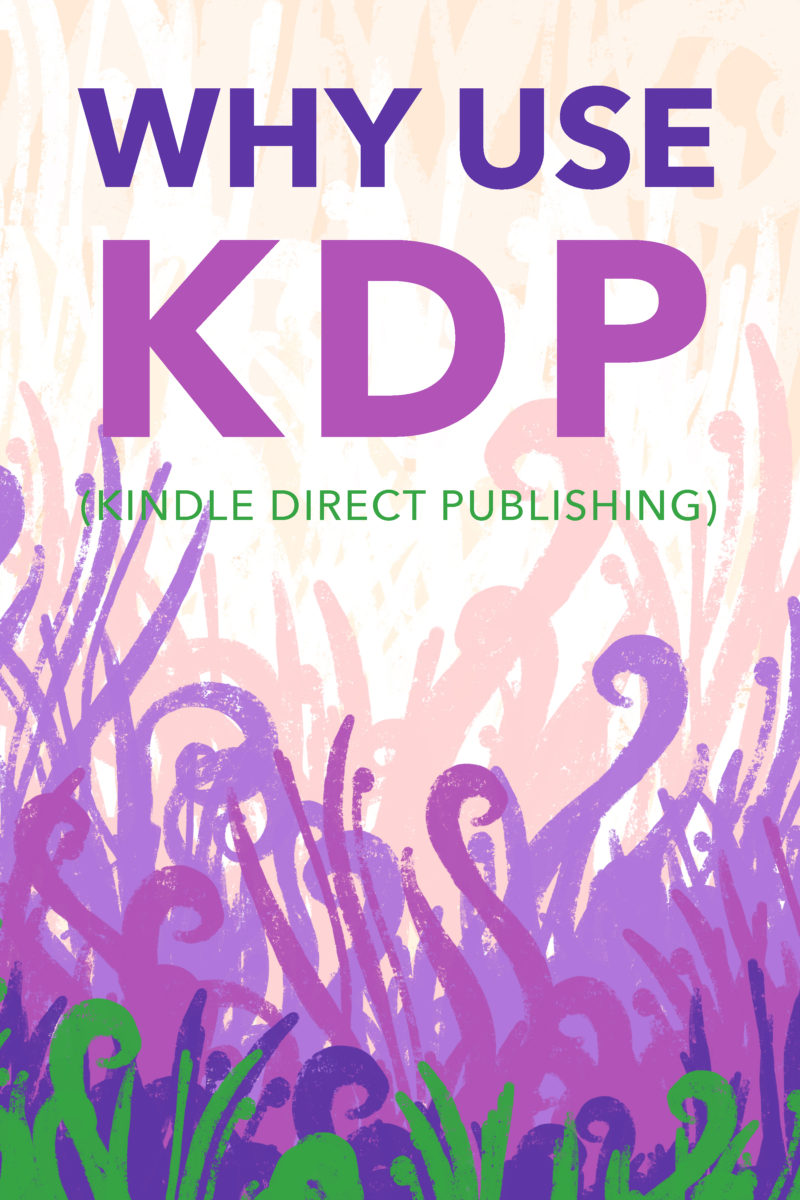Kindle Direct Publishing, or KDP, is among one of the most popular and least cost-intensive ways to publish a book. Both beginner and seasoned authors alike use it to circulate their work. But what makes this sophisticated platform so accessible to children’s book authors?
KDP is not perfect. That said, it comes with a robust set of tools and a reasonable amount of support. Not tech- or design-savvy? No problem. The following is a brief list of factors an author might consider before playing with KDP:
KDP Kids Book Creator
A lack of coding skills is not a valid excuse to limit a great author. And guess what? A great KDP author has no need of coding skills to publish an ebook. Authors of all skill levels can create a great children’s book using KDP Kids Book Creator. This software also comes with a very extensive manual and Kindle Previewer.
I found that the one drawback is that it’s a little too simple for what I need. I often find that I use KDP Book Creator mostly to convert my PDFs to .mobi format. This gives me a little piece of mind in terms of the quality of the final product on a Kindle device. That said, it’s a great starting point for the beginner.
KDP Manuscript Formatting
When I first started out, I kind of did things a little backwards. I didn’t format my manuscript. I took the raw text and played with it. I made handfuls of different .mobi and PDF files using the official Kindle guidelines and my own intuition. Why? Because it was important to me to find dimensions and font sizes that worked for my specific books.
I recommend this approach. Unlike adult books, children’s books have a lot of personality and a unique flair. The best advice I can give is to find work-file dimensions and font-style/size that might work for multiple distribution formats.
Even if you don’t plan to print it, find out which print sizes might work anyway. Make your workflow shorter by using one format for all of your submissions. Needless to say, follow the Kindle Content Quality Guide (brief) and check out the official Amazon Kindle Publishing Guidelines (very detailed).
KDP Cover Creator
Creating a compelling cover is easier than ever with the KDP Cover Creator. Yes, of course it is limited and not always suitable for every children’s book. That said, I find that this is a great option for the enterprising author who isn’t afraid to experiment. Follow these simple guidelines to create your KDP eBook Cover.
KDP and Book Pricing
Pricing a book is difficult. There are just so many things to consider. Emotions often get involved. A great rule of thumb is to research similarly targeted works and take a rough average of those that seem the most relevant.
Additionally, Amazon provides some help in this department. Although Amazon help with comparables, it does set you up with a nifty royalty calculator. Every author has a choice between 35% and 70% royalty depending on price point. The official Amazon Pricing Page offers more insight into which option might be the most appropriate.
Why would anyone take a lower royalty? Well, that’s a theme for a different post! But there are plenty of reasons that an author might find compelling. Still need help? Amazon offers KDP Pricing Support (Beta) – this option is not ideal for all authors.
KDP Book Promotion
Yes, Amazon can actually help authors promote books. Like Google, Amazon is a search engine (of sorts). This means that anyone can advertise anything by purchasing clicks from certain keywords via Amazon Marketing Services (AMS).
Additionally, you can use tools like Free and Countdown promotion. There are times when free giveaways are a great tactic for climbing Kindle charts and motivate positive reviews.
The best starting point to consider whether KDP is the right option is to review how a manuscript might read on an iPad or Kindle. Image-heavy works read very differently from the type of children’s books that have a lot of text. That said, both can be formatted using Kindle’s free KDP Kids Book Creator.

